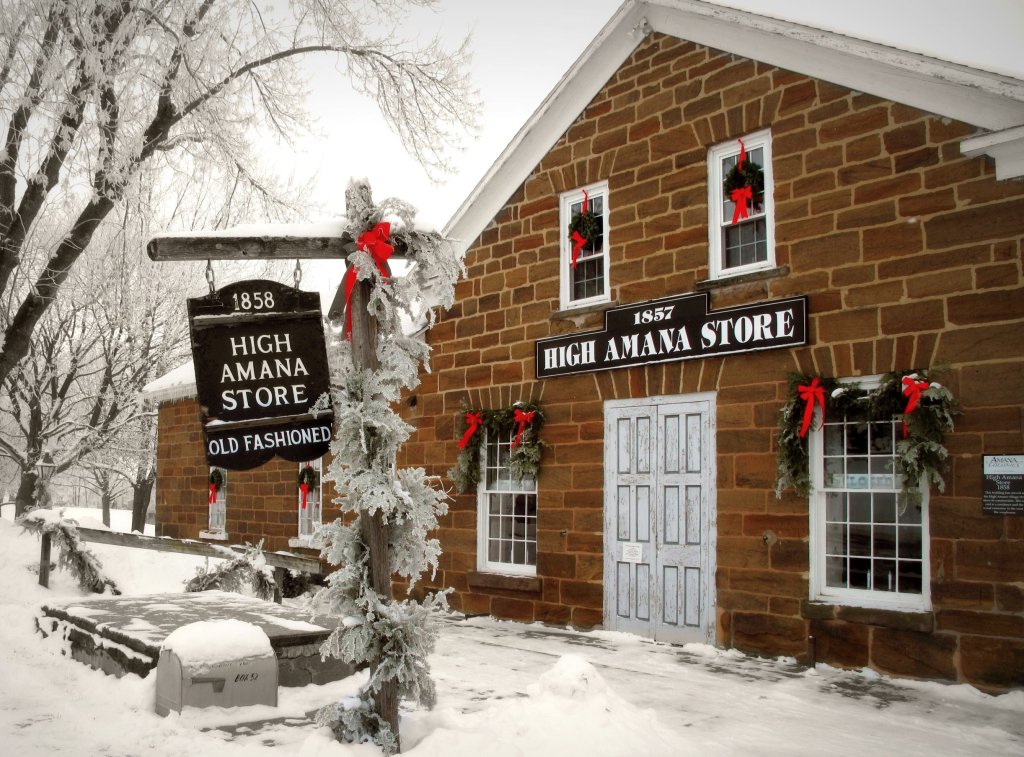Fine Arts and the environment
During his almost 56-year career at Oklahoma State University and the University of Iowa, Jerry Croft developed two creative learning/teaching units.

In the unit entitled “How Some Fine Arts Can Tell Environmental Stories,” Croft used John Denver’s music, poetry from an elected Indian chief in British Columbia named Dan George, and the paintings of Frederic Remington, Charles Russell, and Alexandre Hogue. In fact it was Hogue’s painting Mother Earth Laid Bare (1936), which Croft saw it at the Philbrook Art Museum in Tulsa, that began this fascinating development. Croft, a cultural geographer whose specialty was geographic education, taught this unit in his Introduction to Cultural Geography classes to approximately 2,000 students, and it was very well received. The most popular segment of the unit was John Denver’s music, so Croft wrote a letter to Denver in the mid-1970s, telling him about the unit and inviting him to his upcoming presentation in Denver at the Rocky Mountain Social Science meetings. Croft never heard from the famous singer-songwriter, but about five minutes into his paper Mr. Denver appeared and took a seat in the back of the room. He stayed for the presentation but left before Croft could meet him. Croft would have loved to ask Denver if he enjoyed it, especially the part related to the man’s music, but it was very exciting to have such a special guest at an academic presentation.

Heritage in Action
The other creative development that Croft is most proud of took place when he was teaching in International Studies program at the University of Iowa. Throughout his career, Croft loved doing field trips. At Oklahoma State he used to take students on voluntary trips to Lindsborg, Kansas, which was a Swedish-American town north of Wichita. At Iowa he taught a class on Europe, so he developed field trip classes where a student could earn one hour of credit. They were:
“Germany and the Amanas” — a trip to the Amana Colonies, 20 miles west of Iowa City;
“Pella and the Dutch” — a trip to a small town 40 miles southeast of Des Moines, and the home of Pella Windows;
“Czech Village” — a visit to the south part of Cedar Rapids and the famous National Czech and Slovak Museum and Library.
The students loved these classes as they could see people honoring and developing their heritage.
